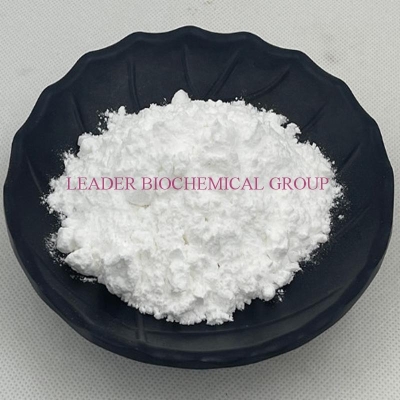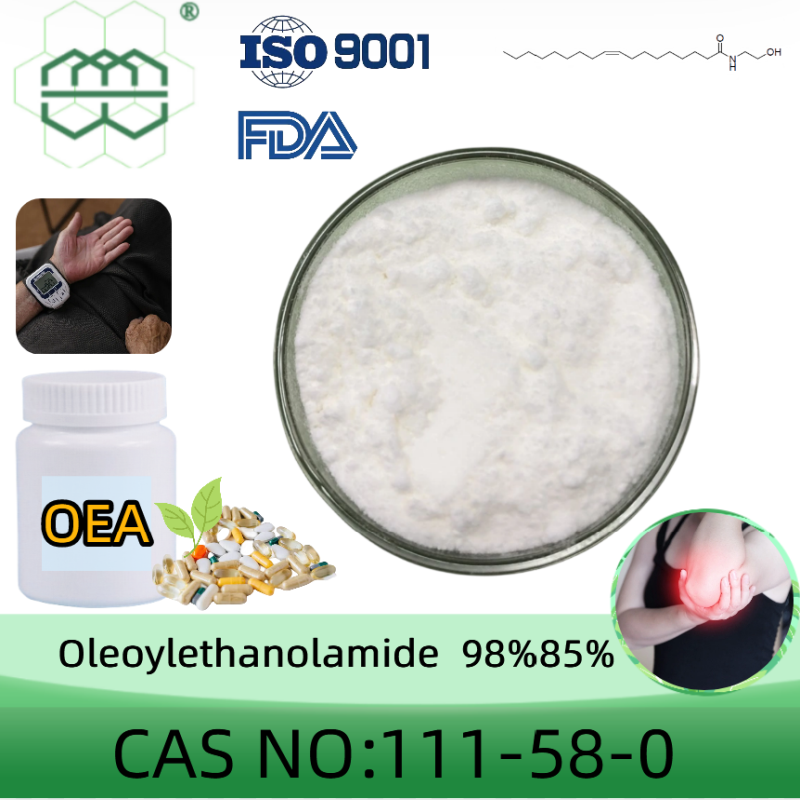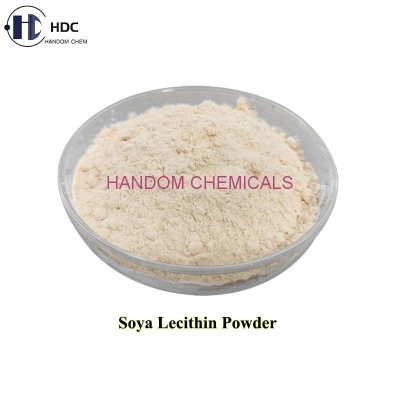-
Categories
-
Pharmaceutical Intermediates
-
Active Pharmaceutical Ingredients
-
Food Additives
- Industrial Coatings
- Agrochemicals
- Dyes and Pigments
- Surfactant
- Flavors and Fragrances
- Chemical Reagents
- Catalyst and Auxiliary
- Natural Products
- Inorganic Chemistry
-
Organic Chemistry
-
Biochemical Engineering
- Analytical Chemistry
-
Cosmetic Ingredient
- Water Treatment Chemical
-
Pharmaceutical Intermediates
Promotion
ECHEMI Mall
Wholesale
Weekly Price
Exhibition
News
-
Trade Service
Yun Wuxin
I saw a video on the Internet, and the question discussed was "Why is the watermelon that spends the night so "poisonous"?"
The show is pretty good
.
An expert was asked to treat the watermelon with tools of different levels of cleanliness, and the number of bacteria was detected after 24 hours in the refrigerator
.
As a result, bacteria were detected in the "overnight watermelon" after several different operations, as few as 45/25 g, and more than a few thousand/25 g.
The "most unsanitary" operation, the bacteria after overnight The number is 8400/25 grams
.
The host and the guests on the scene exclaimed, and then some experts explained why there are bacteria on the watermelon, eating watermelon contaminated by bacteria may cause diarrhea and so on
.
.
An expert was asked to treat the watermelon with tools of different levels of cleanliness, and the number of bacteria was detected after 24 hours in the refrigerator
.
As a result, bacteria were detected in the "overnight watermelon" after several different operations, as few as 45/25 g, and more than a few thousand/25 g.
The "most unsanitary" operation, the bacteria after overnight The number is 8400/25 grams
.
The host and the guests on the scene exclaimed, and then some experts explained why there are bacteria on the watermelon, eating watermelon contaminated by bacteria may cause diarrhea and so on
.
The program is quite "in line with the audience's perception", and it looks very "scientific" and very lively, especially "to eat nearly ten thousand bacteria in one bite", which is enough to startle the audience
.
In fact, the data obtained in the program is generally in line with common sense, but the interpretation of the data is really difficult to explain
.
.
In fact, the data obtained in the program is generally in line with common sense, but the interpretation of the data is really difficult to explain
.
Our environment is full of bacteria, and our food is full of bacteria
.
In the "most unsanitary" operation in the program, the number of bacteria after the watermelon was left overnight was 8400/25g, which is 336/g
.
.
In the "most unsanitary" operation in the program, the number of bacteria after the watermelon was left overnight was 8400/25g, which is 336/g
.
What kind of influence does this bacterial count have on food safety? Let's take a look at a common food-the microbiological safety standards of pasteurized milk that everyone buys in the supermarket:
This standard means: take 5 samples of the same batch of milk for testing, if the number of bacteria in each sample does not exceed 100,000/g, and at most only 2 samples have a total of more than 50,000 bacteria/g , Then this batch of milk is qualified
.
In addition to the total number of bacteria, the requirement for coliforms is not "zero tolerance", although pathogenic bacteria "may" exist in the coliforms
.
Let's look at the bacterial standards for infant milk powder, a food that is more concerned by everyone and has higher food safety requirements:
.
In addition to the total number of bacteria, the requirement for coliforms is not "zero tolerance", although pathogenic bacteria "may" exist in the coliforms
.
Let's look at the bacterial standards for infant milk powder, a food that is more concerned by everyone and has higher food safety requirements:
The requirement for the total number of bacteria is higher than that of pasteurized milk, but it is not "bacterial-free", as long as the total number of bacteria in the 5 samples that are not sampled exceeds 10,000/g, and at most only 2 samples have the total number of bacteria more than 1000 pcs/g is qualified
.
For coliforms, the standard is even much lower than that of pasteurized milk.
As long as there are no more than 100 samples per gram, and no more than 2 samples per gram but no more than 100 per gram, it is considered qualified
.
.
For coliforms, the standard is even much lower than that of pasteurized milk.
As long as there are no more than 100 samples per gram, and no more than 2 samples per gram but no more than 100 per gram, it is considered qualified
.
In the discussion on this topic, Teacher Fan Zhihong also enumerated a set of other safety standards:
This means that the standard for the total number of bacteria in the milk tea and fruit tea bought in the cold drink shop is not more than 50,000/g, while the standard for the total number of bacteria in the lunch box is not more than 100,000/g
.
.
Seeing the microbiological safety standards of these foods, are you still shocked by the 336 bacteria per gram of "Overnight Watermelon"? Moreover, the others in the show paid a little attention to the cleanness of the watermelon cutting blade, and the bacteria count was lower after overnight
.
.
If you follow the logic of this show, you can easily come up with a few topics:
"Some brand milk, drink millions of bacteria in one mouthful", "XXX brand milk powder, the number of bacteria is dozens of times that of overnight watermelon", "XXX Internet celebrity milk tea, drink millions of bacteria in one mouthful" Contains millions of bacteria".
.
.
.
.
Is it more horrifying?
In fact, based on the experimental data in the show, the correct conclusion is that if you put the uneaten watermelon in the refrigerator, there will be no problem overnight
.
.
On Weibo, there are still many people asking whether to use plastic wrap and whether to remove 1 cm.
Let’s just say:
Let’s just say:
1.
The cling film can better maintain the flavor and taste of watermelon; if the cling film is qualified and new, there should not be too many bacteria on it;
The cling film can better maintain the flavor and taste of watermelon; if the cling film is qualified and new, there should not be too many bacteria on it;
2.
Using plastic wrap is helpful to reduce bacteria, because it prevents bacteria in the air from falling on the watermelon; but if your plastic wrap itself is not clean, then it is another matter;
Using plastic wrap is helpful to reduce bacteria, because it prevents bacteria in the air from falling on the watermelon; but if your plastic wrap itself is not clean, then it is another matter;
3.
If it is not sealed with plastic wrap, the surface layer of the watermelon will easily become unpalatable; if it is sealed, there will be almost no change
.
It is not necessary to remove 1 cm for "safety"
.
If it is not sealed with plastic wrap, the surface layer of the watermelon will easily become unpalatable; if it is sealed, there will be almost no change
.
It is not necessary to remove 1 cm for "safety"
.
Various health self-media and satellite TV programs like to conduct evaluations and experiments to show "how to preserve watermelons".
Basically, they are nothing to look for and use chicken feathers as an arrow.
Remember this:
Basically, they are nothing to look for and use chicken feathers as an arrow.
Remember this:
1.
Wash the watermelon knife clean;
Wash the watermelon knife clean;
2.
If you don't eat it, wrap it in plastic wrap and put it in the refrigerator as soon as possible;
If you don't eat it, wrap it in plastic wrap and put it in the refrigerator as soon as possible;
3.
Eat as soon as possible
.
Eat as soon as possible
.
Regarding 3, there will always be people wondering how fast "as soon as possible" is
.
Let's put it this way, under the conditions of 1 and 2, your refrigerator is basically clean, so it will be fine for a few days
.
.
Let's put it this way, under the conditions of 1 and 2, your refrigerator is basically clean, so it will be fine for a few days
.







